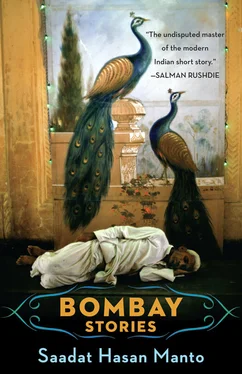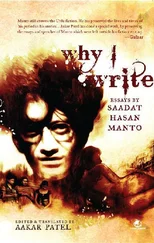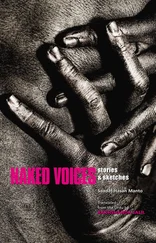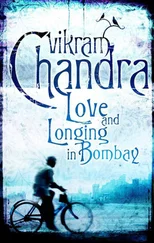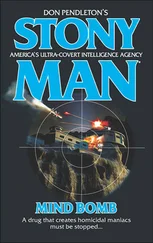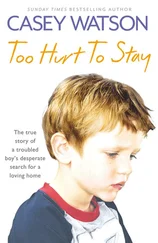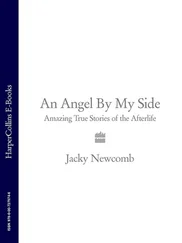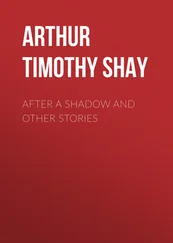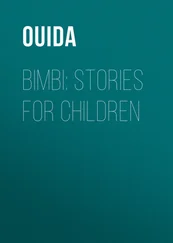22 In Urdu, ‘Khalq’ .
23 ‘Bari Sahib’, 73.
24 ‘Red Revolution’. ( ‘Surkh inqalab ‘.) Manto’s Essays . ( Manto ke mazameen .) Lahore: Maktaba-e-Urdu, 1942. Re-published in Mantonuma , 685–94.
25 Bari Sahib published Manto’s short story ‘A Show’ ( ‘Tamasha’ ) in the inaugural edition of Creation .
26 ‘Several Encounters with Akhtar Sheerani’ ( ‘Akhtar sheerani se chand mulaqaten’ ) . Bald Angels . Lahore: Gosha-e-Adab, 1955. Re-published in Mantonuma , 46. See also ‘Bari Sahib’, 85.
27 Flemming, 6.
28 Ibid., 7.
29 Chandavarkar, Rajnarayan. Imperial Power and Popular Politics: Class, Resistance and the State in India, c. 1850–1950 . Cambridge: Cambridge University Press, 1998, 234.
30 Batot is in Jammu near the Kashmiri border. See Manto’s ‘My Wedding’ ( ‘Meri shadi’ ) for a brief accounting of this stretch of Manto’s poor health. [ Above, Below, and in Between . ( Upar niche aur darmiyan .) Lahore: Gosha-e-Adab, 1954. Re-published in Mantorama . Lahore: Sang-e-Meel, 2004, 276–92.]
31 In Urdu, ‘Musawwir’ .
32 Wadhawan, 46.
33 ‘My Wedding’, 279.
34 Ibid., 281.
35 Ibid., 285.
36 Flemming, 14. Manto and Safiya had three more children, daughters Nighat, Nuzhat, and Nusrat. Manto would go on to write the short story ‘Khalid Dear’ ( ‘Khalid mian ‘ ) in honour of his dead son. [ Empty Bottles, Empty Cartons . ( Khali botalen khali dibbe .) Lahore: Maktaba-e-Jadeed, 1950. Re-published in Mantorama , 72–81.]
37 ‘My Wedding’, 277 and 285.
38 The room represented a considerable upgrade as it cost thirty-five rupees per month as opposed to the previous room’s nine rupees (Ibid., 278 and 287).
39 ‘Babu Rao Patel’. Bald Angels . Re-published in Mantonuma . 215.
40 Ibid., 216.
41 Sparks . ( Atish pare .) Lahore: Urdu Book Stall, 1936. Re-published in Mantorama . And Manto’s Short Stories . ( Manto ke afsane .) Lahore: Maktaba-e-Urdu, 1940. Republished in Mantorama .
42 Rajadhyaksha, Ashish and Paul Willemen, ed. Encyclopedia of Indian Cinema . Oxford: Oxford University Press, 1999, 272.
43 ‘My Wedding’, 278.
44 Ibid., 278.
45 ‘Babu Rao Patel’, 214.
46 Ibid., 215. See also ‘My Wedding’, 288.
47 Flemming, 11.
48 The first four volumes of his radio plays were the following: Come On . (Ao.) Lahore: Naya Idarah, 1940; Three Women . ( Tin auraten .) Lahore: Maktaba-e-Urdu, 1942; Funerals . ( Janaze .) Lahore: Zafar Brothers, 1942; and Short Stories and Plays . ( Afsane aur drame .) Hyderabad: Sayyid Abdul Razzaq Tajir Kutab, 1943. Flemming provides these dates in Another Lonely Voice . The first two dates are corroborated by short forewords Manto wrote and dated, both of which are included in Manto’s Plays . ( Manto drame .) Lahore: Sang-e-Meel, 2003. 265 and 481. In private correspondence, Sang-e-Meel lists the publication date of Funerals to be 1955, evidently a later edition of the original work.
49 Smoke . ( Dhuan .) Delhi: Saaqi Book Depot, 1941. Re-published in Manto Kahaniyan . Lahore: Sang-e-Meel, 2004.
50 Flemming, 14.
51 Ibid., 14.
52 Ibid., 16.
53 Ibid., 16.
54 ‘The Trouble of the Shining Sun’ ( ‘Zahamat-e-mihr-e-darakhshan’ ) . Cold Meat . ( Thanda gosht .) Lahore: Maktaba-e-Jadeed, 1950. Re-published in Mantonamah . Lahore: Sang-e-Meel, 351.
55 Wadhawan, 143.
56 Flemming, 18.
57 Rangoonwalla, Firoze. A Pictorial History of Indian Cinema .
London: Hamlyn, 1979, 10.
58 Ibid., 11.
59 Ibid., 12.
60 Joshi, Lalit Mohan, ed. Popular Indian Cinema: Bollywood . London: Dakini, 2002. 15.
61 Rajadhyaksha, Ashish. ‘Indian Cinema: Origins to Independence’. The Oxford History of World Cinema . Geoffrey Nowell-Smith, ed. Oxford: Oxford University Press, 1996, 402.
62 Manto, Saadat Hasan. ‘A Glance at the Indian Film Industry’. Manto’s Essays . In Mantonuma , 592.
63 Popular Indian Cinema: Bollywood , 16.
64 Ibid., 16.
65 Rajadhyaksha, 403.
66 Encyclopedia of Indian Cinema , 109.
67 Other prominent companies included New Theatres in Kolkata (founded 1931), Minerva Movietone (founded 1936), the Ranjit Film Company (founded 1929), Wadia Movietone (founded 1933), and Sagar Film Company (founded 1930). (For more see Popular Indian Cinema: Bollywood , Chapter One, and references in Encyclopedia of Indian Cinema .)
68 In Hindi, ‘Amritmanthan’ and ‘Amar jyoti ‘, respectively.
69 ‘Babu Rao Patel’, 210.
70 Popular Indian Cinema: Bollywood , 21.
71 In Hindi, ‘Acchut kanya’ .
72 Ibid., 22.
73 Adarkar, Neera and Meena Menon. One Hundred Years, One Hundred Voices: The Millworkers of Girangaon: An Oral History . Intro. Rajnarayan Chandavarkar. Calcutta: Seagull, 14.
74 Ibid., 21–22.
75 Chandavarkar, Rajnarayan. The Origins of Industrial Capitalism in India: Business strategies and the working classes in Bombay, 1900–1940 . Cambridge: Cambridge University Press, 1994, 34.
76 Ibid., 94. Chandavarkar cites that two-thirds of women living in Bombay in the inter-war years were of working age — defined as being between the ages of fifteen and fifty-eight.
77 Ibid., 97.
78 David, M.D. Bombay: The City of Dreams . Mumbai: Himalaya, 1995, 243.
79 You might not think of the Chinese in India, but some Chinese have lived in the country for hundreds of years. Kolkata has historically had the largest Chinese community, and the history of Chinese there goes back to 1778. The city became home to 10,00 °Chinese during the inter-war years and later boasted of around 30,000 people of Chinese origin. (Biswas, Ranjita. ‘Little China Stays Alive in Eastern India’. Inter Press Service News Agency , August 3, 2006.)
80 David, 18.
81 Ibid., 19.
82 Ibid., 39. Percival Spear notes that the British were marrying both natives and Portuguese Roman Catholics ( The Nabobs: A Study of the Social Life of the English in Eighteenth Century India . London: Oxford University Press, 1963, 13).
83 The Parsi community erected the Tower of Silence on Malabar Hill in 1674 (David, 219).
84 Ibid., 2. Also, Spear writes, ‘The Parsi shipbuilder rather than the English merchant was the true maker of Bombay’ ( Nabobs , 71).
85 India has been home to three distinct Jewish communities: the Cochin Jews of Kerala, the Bene Israel Jews of the Konkan coast south of Bombay, and the Baghdadi Jews, who fled persecution in Iraq during the eighteenth and nineteenth centuries to settle as immigrant communities in Mumbai and Kolkata. The Bene Israel Jews got their name from the Muslims of the Konkan coast who identified them with the Banu Israel named in the Koran. (Isenberg, Shirley Berry. India’s Bene Israel: A Comprehensive Inquiry and Sourcebook . Berkeley, CA: Judah L. Magnes Museum, 1988, viii, 25 and 375.)
86 Ibid., 297.
87 Thomas Blom Hansen notes that the official death count was 800 (official death counts in India tend to be low), but also that 150,000 Muslims fled the city as well as another 100,000 who sought shelter in predominantly Muslim neighbourhoods ( The Wages of Violence: Naming and Identity in Postcolonial Bombay . Princeton: Princeton University Press, 2001, 122).
Читать дальше
